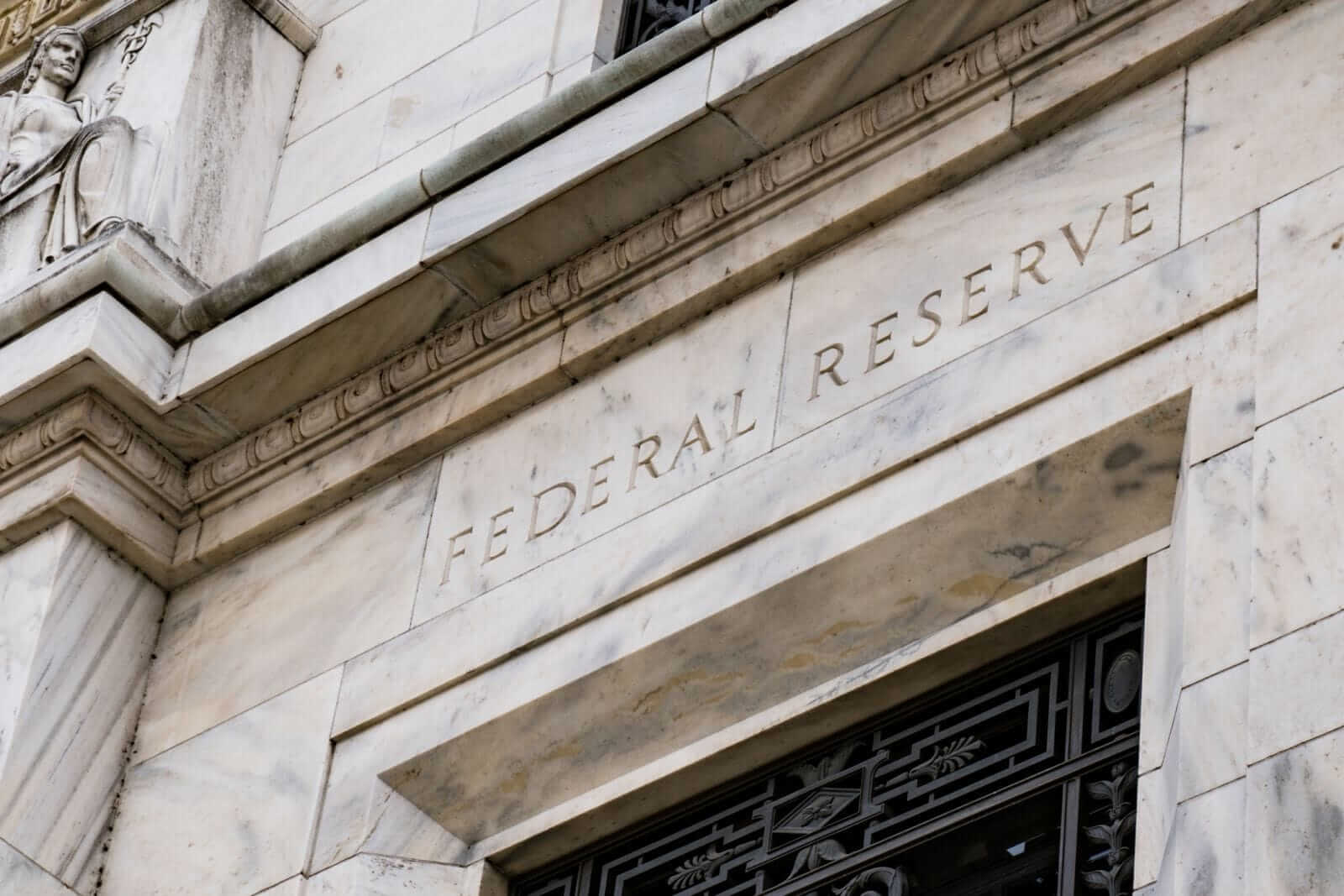What Would a Fed Rate Cut Mean for My High-Yield Savings Account?

This is it. Everybody’s expecting the Federal Reserve to announce a cut in borrowing rates later today, and investors have been practically jumping for joy. Savers? Not so much.
The Fed’s borrowing rate has a direct (and immediate) impact on saving rates. So if you’ve got a lot of money sitting in a high-yield savings account (HYSA), you might be wondering what you can do about it.
Generally speaking, you should expect your interest income to shrink in line with the federal funds rate. But it’s not all doom and gloom, and a HYSA is still definitely one of the best places to park idle cash.
To explain why, let’s take a step back and look at exactly how Fed rate cuts impact savings rates.
What Do Fed Rate Cuts Do to High-Yield Savings Rates?
When the Fed cuts its borrowing rate, there’s a ripple effect across virtually every financial product on the market. That includes mortgages, credit cards, and savings accounts.
Why? The federal funds rate is effectively the benchmark for overnight lending between banks. So when the Fed cuts that rate, it means banks earn less on lending activity. To compensate for that loss in income, most banks will then cut deposit rates proportionally.
Translation: When the Fed lowers borrowing rates, the annual percentage yield (APY) on your savings account will normally go down along with it. This general rule of thumb applies to all variable-rate savings products, including high-yield savings accounts.
In fact, HYSA rates normally follow the federal funds rate pretty closely. Before this month’s imminent rate reduction, the Fed’s effective borrowing rate was sitting at 4.33%. Take a quick look around, and you’ll see most high-yield accounts were offering an APY of between 3.5% and 4.5%.
That means if the rate drops by a quarter point, you can expect a similar APY drop on your existing HYSA.
The only good news here is that a lot of the best HYSAs are run by challengers and online-only banks. Because they’re small and don’t have a lot of overhead costs, online HYSA providers can normally afford to offer savers much better rates than traditional banks.
So, you might still be able to find a few high-yield deals with APY rates that either match or are slightly larger than the Fed’s new borrowing rate. This lag effect normally hangs around for up to six months following a rate change, so you can still find good deals. It’ll just take some digging.
What Does a Fed Rate Cut Mean for Savings?
Most savers can expect their interest earnings to shrink alongside Fed rate cuts. The APY on most savings products is variable. That means your interest rate is effectively pegged to the federal funds rate and will go up and down alongside it.
For example, let’s say you’re currently earning 4% on a $50,000 balance. That represents $2,000 per year in interest. But if the federal funds rate goes down by 0.25% and your bank matches that decrease, you’re looking at an annual yield of $1,875 instead.
Over time, that lost income does add up. But not all savers will be affected by shifts in the Fed’s borrowing rates.
If you’ve got your money locked up in a Certificate of Deposit (CD), your APY is fixed for the duration of your savings term. That means the Fed could lower its borrowing rate three times over the next three months, and the rate on your CD account would be unaffected.
That being said, it’s important to note this resilience will only apply to existing accounts. So if you’re on the hunt for a new CD deal after the Fed has already lowered its borrowing rate, don’t expect sky-high APYs.
Regardless of whether your interest is variable or fixed, it’s important for savers to look on the bright side.
Inflation still matters. Even if your savings rate goes down as part of a rate-cutting cycle, that rate will remain above the inflation rate. So, your money is still growing in real terms (just not as fast).
More importantly, saving is about safety and flexibility. Rate cuts don’t affect your FDIC protection or the accessibility of your money, which means saving is still a low-risk way to produce passive income and maintain liquidity.
Is a High-Yield Savings Account Still Worth It?
Absolutely. Just about every market watcher and their mom is sure that we’re about to enter a sustained rate-cutting cycle. This month’s impending reduction won’t be the last, and it’s going to bring down your HYSA rate. There’s no way around it.
But a lower savings rate doesn’t change the purpose of a high-yield account, which is stability and accessibility.
With a HYSA, you’re getting the security of FDIC insurance. You gain liquidity and flexibility, because you’re able to access your cash whenever you need it without penalties. And above all else, you get better APY.
Are HYSA rates going to go down in 2025? Almost certainly. But so is the rate on every other kind of variable savings account. So, a lower HYSA rate is still going to be better than the APY you’re getting elsewhere.
The key is to stay nimble, and compare online savings products regularly. Smaller banks will likely maintain a higher APY for longer before trimming takes place. More importantly, you need to manage your expectations moving forward.
High yield savings accounts are still one of the smartest ways to protect your cash and generate interest — even if those interest levels start to decline.
On the date of publication, Nash Riggins did not have (either directly or indirectly) positions in any of the securities mentioned in this article. All information and data in this article is solely for informational purposes. For more information please view the Barchart Disclosure Policy here.